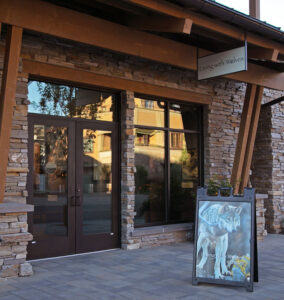SHARING KNOWLEDGE (continued from The Social Wolf)
The late biologist Gordon Haber observed wolves changing their hunting strategy based on weather, terrain, and prey behavior. The famous Toklat Pack, that Haber studied, for example, often preyed on Dall sheep on the rocky slopes of Alaska’s Denali National Park. Haber observed that the wolves always climbed the slopes and attacked from above. Dall sheep are superior climbers and could easily evade the wolves by running uphill. The wolves learned to anticipate this evasion, and attack in a manner that cut off this escape route, sometimes waiting for two days to stage an ambush.
What is even more interesting (and tragic) is the story of the demise to the Toklat Pack’s ways and much of the pack itself. In the winter of 2005, the alpha female of the Toklat Pack was caught in a snare. Two other females from the pack stuck with their pack leader, who was also likely their mother, and were eventually trapped as well. After these wolves were killed, the alpha male returned for months to this spot until he too was killed by a hunter.
When this family group disintegrated, the six remaining wolves were all juveniles. They stopped hunting Dall sheep, and relied instead upon snow hares to survive during winter. The young wolves no longer had the older wolves around to share their knowledge and teach them the specialized Dall sheep hunting tactics they had perfected in the steep terrain of Denali. The loss of the older pack members ultimately meant the loss of Toklat Pack culture and an important component of their survival.

